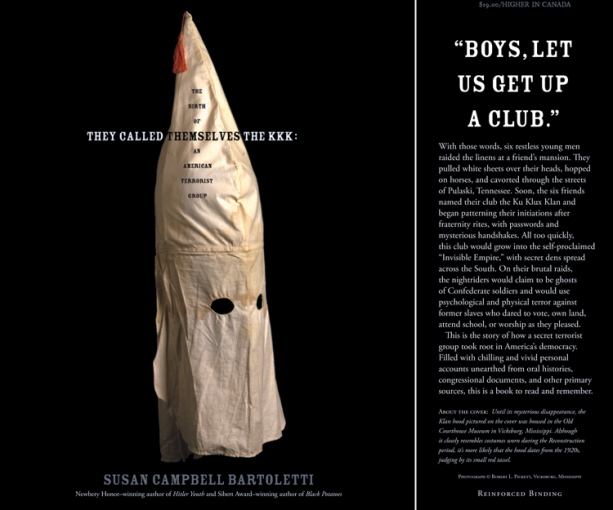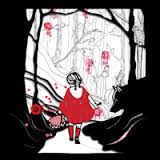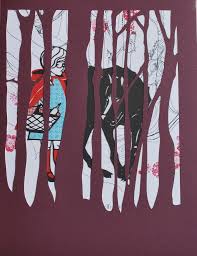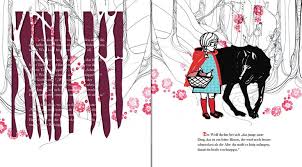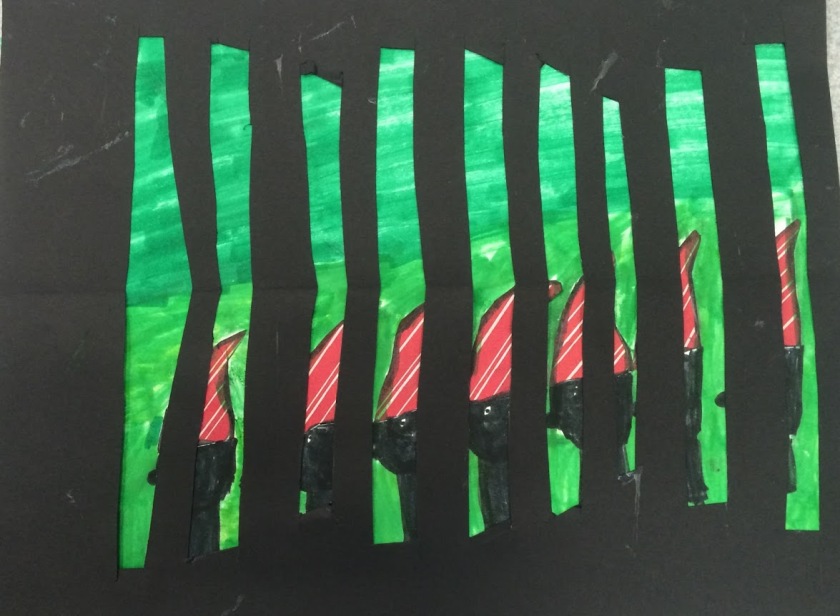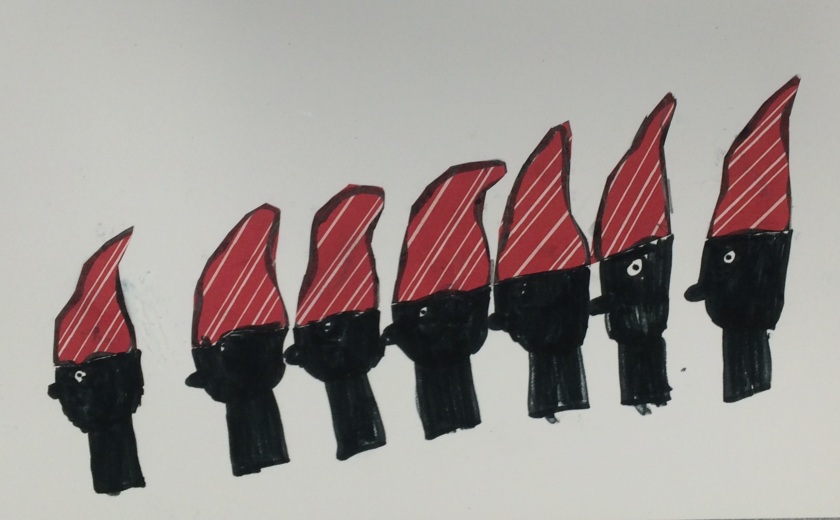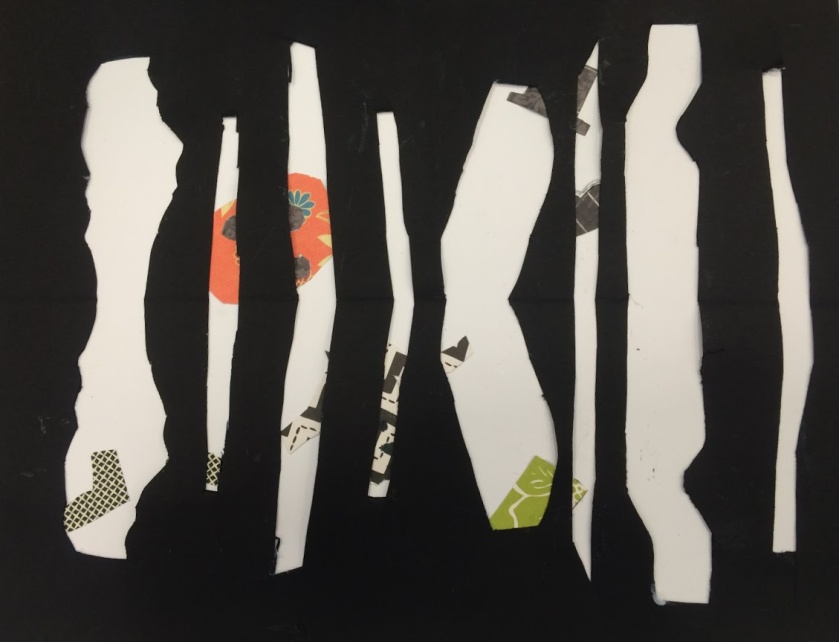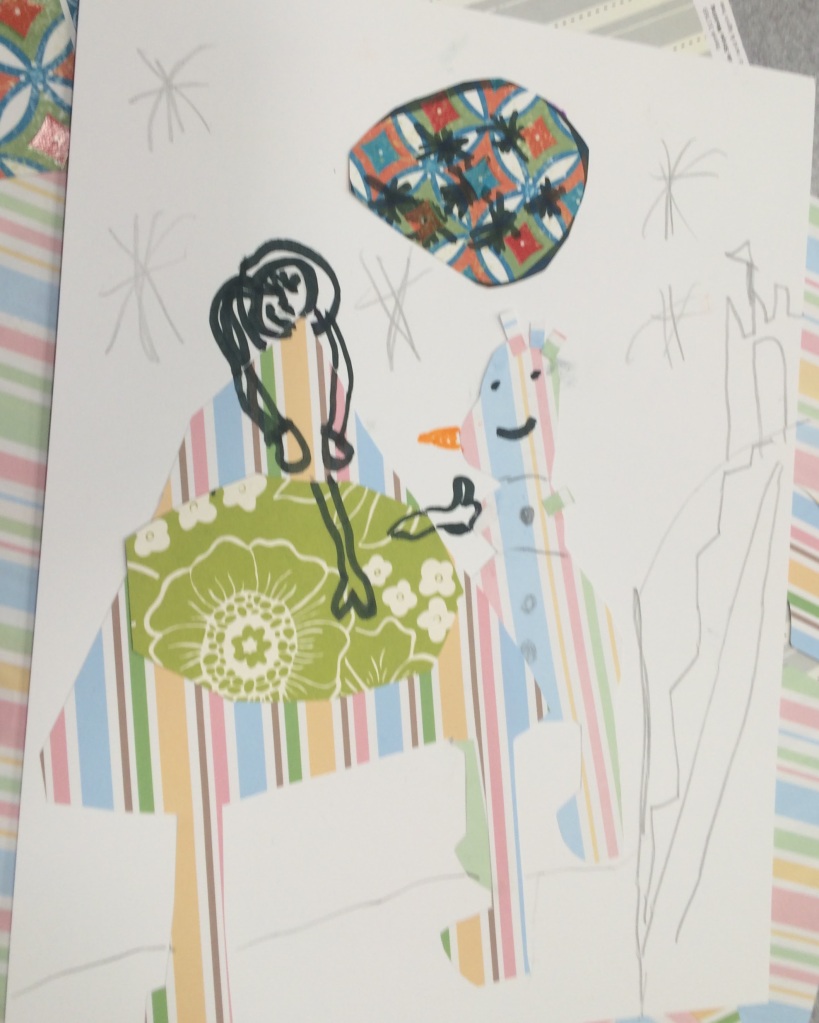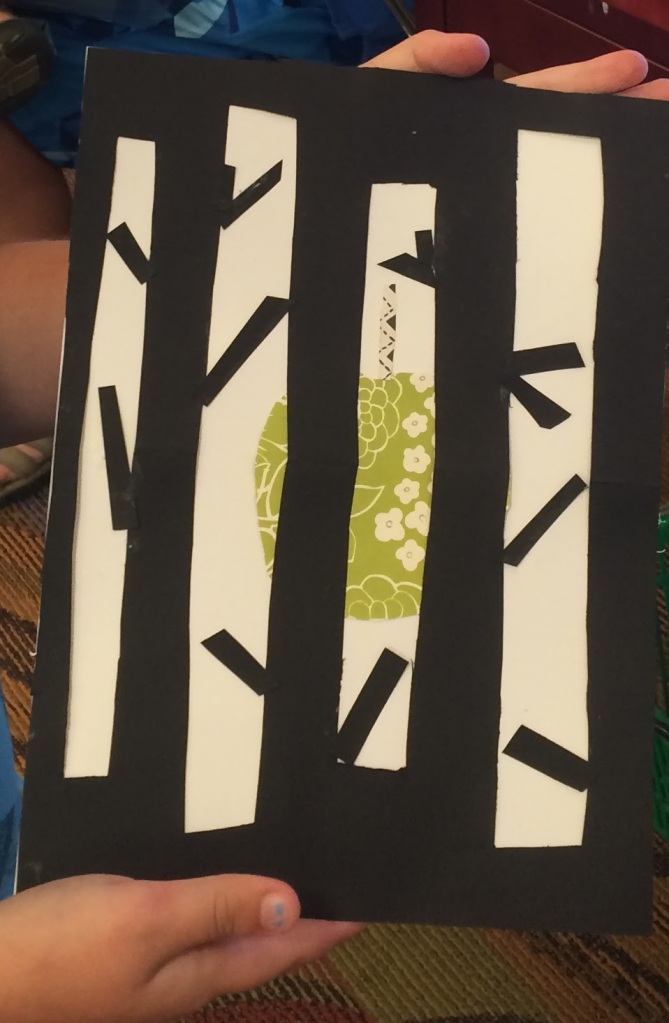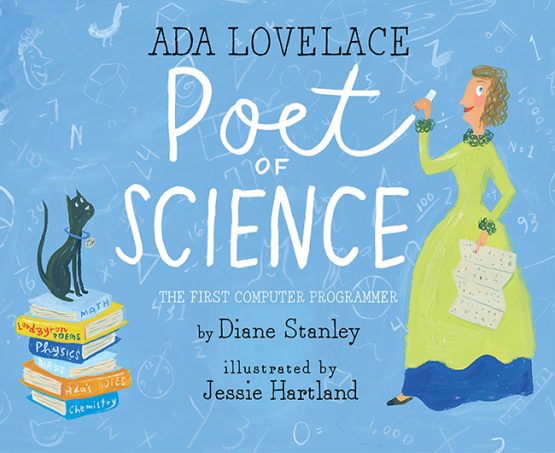
Discover an early pioneer in the field of computer science – Ada Byron Lovelace. A great introduction for early elementary age students that gives them the model of an intelligent, inquisitive, creative young woman with an amazing imagination and dreams of flying (in the 19th century!) Her ability to make connections among disparate fields was a key to her success. When viewing the mechanical loom, Ada learned of punch cards being used to direct machines . . . not unlike programming a computer. She became friends with Charles Babbage, who was working on what he described as “the analytical engine” — now known as the first computer.
I was delighted to discover that Lovelace was a fine translator. She translated an article from the Italian into English which explained how Charles Babbage’s analytical engine worked. Additionally, her “notes from the translator” are much longer than the article itself. Lovelace described how this remarkable machine could be used — and it was her vision to see what it was capable of that was really remarkable: “writing text, composing music, reproducing images, even playing games like checkers or chess.”
Jessie Hartland’s gouache illustrations are colorful and appealing. They include many specific details, including scientific notation, images of mechanical looms and Babbage’s Difference Engine, and locations and famous people (identifiable by the objects in the thought balloons above their heads). What a challenging book to illustrate!
For more about the book and a teacher’s guide, visit:
http://dianestanley.com/project/ada-lovelace-poet-of-science/
and
this School Library Journal article offers many resources for exploring Ada, women in science, coding, and Lord Byron (and more!) in the classroom.
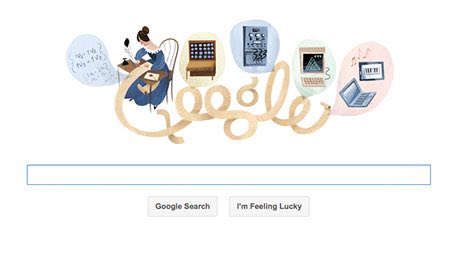
 ars of World War II and kept as one of the buffer states during the Cold War. Lithuania became independent in early 1991 — with only
ars of World War II and kept as one of the buffer states during the Cold War. Lithuania became independent in early 1991 — with only  f the sinking of the Wilhelm Gustloff, the worst maritime disaster in history. As World War II draws to a close, refugees are fleeing the Baltic States through Poland and Prussia from the advancing Russian army, who pillage everything — that is, everything that the Germans have not destroyed as they are retreating. Refugees, children, soldiers alike seek an escape, a way out. Told from four different narrators whose stories intersect, this is another powerful and eye-opening story from
f the sinking of the Wilhelm Gustloff, the worst maritime disaster in history. As World War II draws to a close, refugees are fleeing the Baltic States through Poland and Prussia from the advancing Russian army, who pillage everything — that is, everything that the Germans have not destroyed as they are retreating. Refugees, children, soldiers alike seek an escape, a way out. Told from four different narrators whose stories intersect, this is another powerful and eye-opening story from